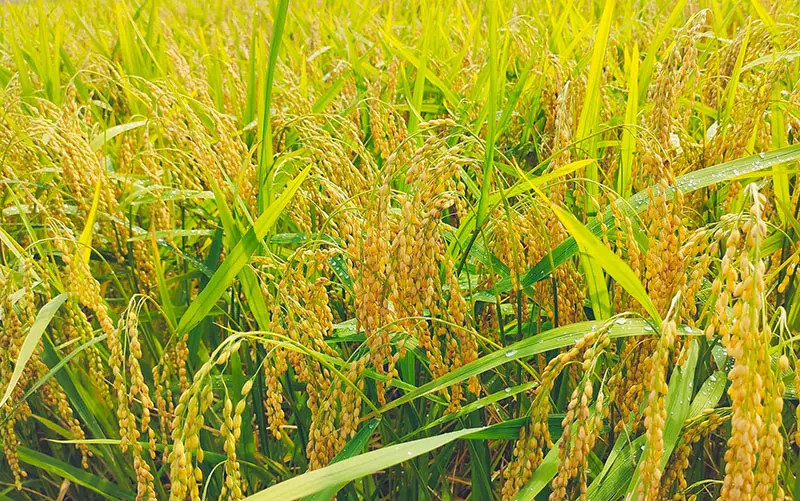
The FAO Food Price Index shows that global food prices have soared by 75 percent from pre-pandemic period. The rice price in the world has increased for the fifth consecutive month and it soared to the 12-month record high in May.
The prices of many foods, from wheat to cereals, meat to oil have skyrocketed because of a wide range of reasons, including the higher prices of fertilizer and energy, as well as the Russia-Ukraine conflict which has impacted the supply chain.
The food export bans and the serious supply disruption from some countries, such as India (which prohibits to export wheat), Ukraine (wheat, oats and sugar) and Indonesia (palm oil) have also pushed the prices up.
In such conditions, rice is believed to be the next product to see price fever in the world.
Sonal Varma, chief economist of Nomura Bank, said it would be better to monitor the rice prices in the time to come, because the wheat price increase may prompt people to use rice instead, which would lead to higher consumption level and lower the stock.
Reuters on June 6 quoted its sources as saying that rice traders have increased their purchases of Indian rice for two consecutive weeks. The move is likely to push the rice prices in the country.
David Laborde, a senior researcher of the International Food Policy Research Institute, said the worrying thing is that India may impose rice export ban as it has done with wheat and sugar.
According to the World Economic Forum, India and China are the two leading rice producers in the world, which provide half of the total global output. Vietnam ranks fifth and Thailand sixth in the list of big producers. However, in 2021, Thailand was the biggest rice exporter, while Vietnam the second.
The General Department of Customs reported that Vietnam exported 710,371 tons of rice in May 2022, worth $347.1 million, the highest level over the last year, an increase of 13.5 percent in quantity and 2.5 percent in value.
As of the end of 2022, Vietnam had exported 2.77 million tons of rice, worth $1.35 billion. The average export price was $489 per ton.
Rice is one of nine groups of agricultural products which see the export turnover of over $1 billion so far this year.
According to Nguyen Nhu Cuong, director of the Ministry of Agriculture and Rural Development’s Department of Crop Production, Vietnam has 7.3 hectares of rice growing area and the output of 26-28 million tons of rice. This is enough for the nation’s food security and export of 6-7 million tons.
“The rice production has been going smoothly. If there is no unexpected effects such as natural calamities, we will always ensure food security,” Cuong said.
According to Cuong, Vietnam is a large rice producer and controls the supply, so the domestic rice price won’t increase sharply as seen in the world food market.
Regarding rice exports, Cuong said, if India restricts its exports, the world’s supply would be affected and the rice prices would be adjusted and Vietnam would take advantage of this opportunity to boost exports and enjoy better prices.
In the international market, Vietnam’s ask price has been stable and optimistic. Its five percent broken rice is selling at $423 per ton, while 25 percent of broken rice is $403 and 100 percent $378 per ton.
According to Nguyen Quoc Toan, head of the Agro Processing and Market Development Authority – Agrotrade, rice exports are bustling because of the sharp rise in demand from China, Bangladesh, Iran and Sri Lanka. Meanwhile, the exports to the EU are expected to see a sharp rise in 2022 thanks to the Vietnam-EU FTA.
The Ministry of Industry and Trade estimated that Vietnam would export more than 6.4 million tons of rice this year, or 200,000-300,000 tons higher than 2021.
Tam An